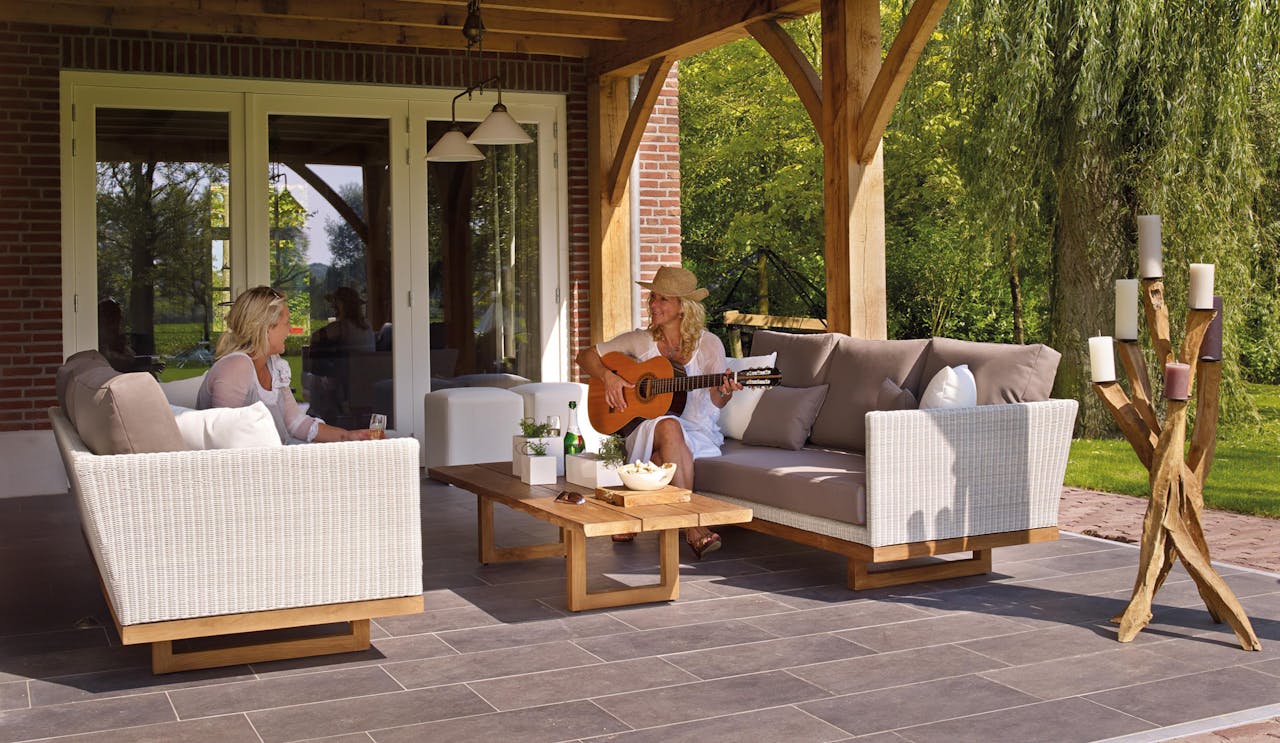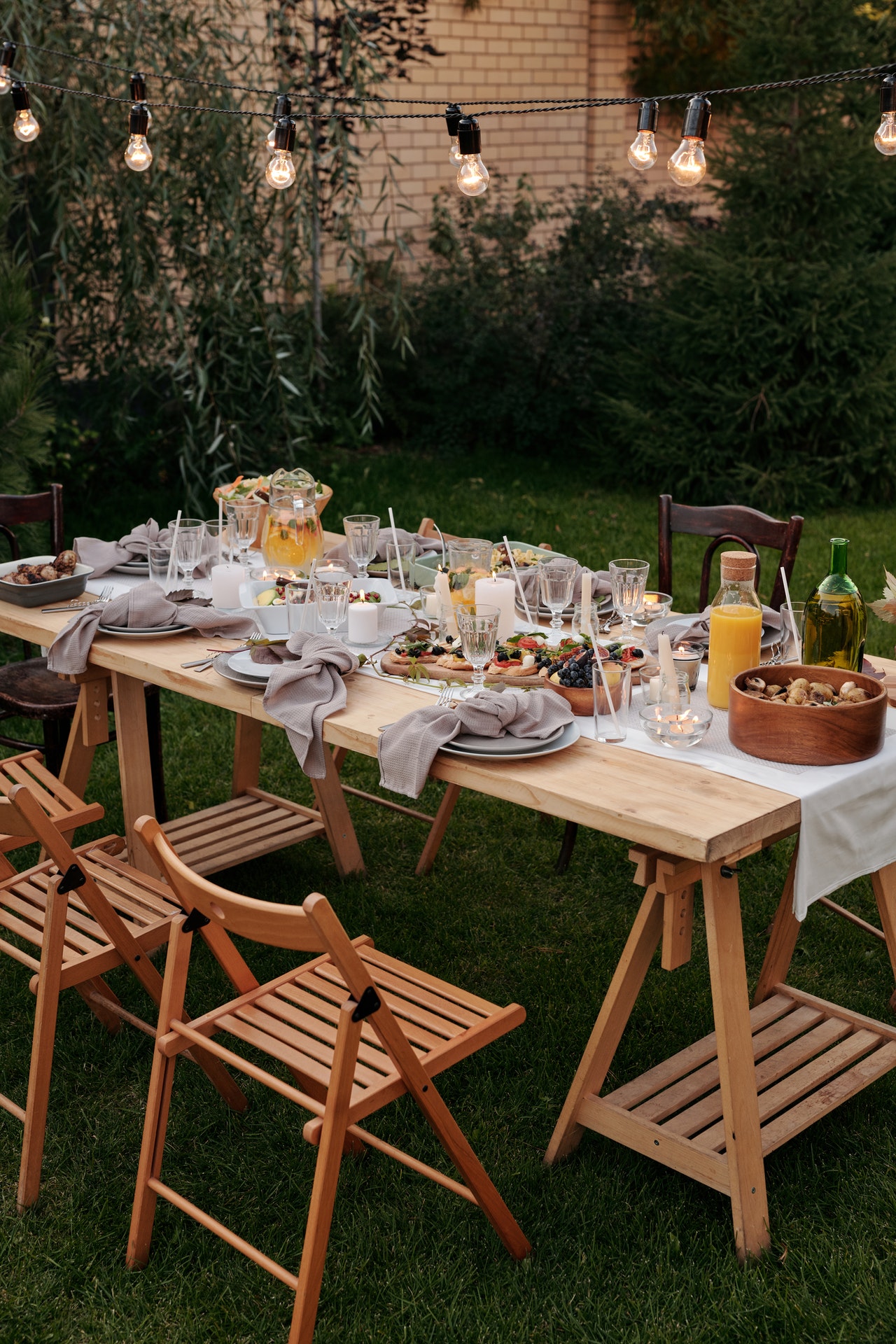
Why it’s worth investing in good quality, outdoor furniture:
The concept of a false economy is more pronounced in the garden than almost anywhere else in the home. In Britain, we see ourselves as having drab weather, and therefore we don’t want to put too much of our budget into outside spaces.
But, the truth is that at Brits rush to the garden with even the slightest peep of sun. Because of that, not only do we spend more time outdoors than we realise, we could spend moretime if we had the right apparatus for it.
The false economy of low-cost furniture
Low-cost purchases on outdoor furniture will lead to a costly cycle of replacement. It’s driven by a disposability mindset that is fundamentally at odds with creating a lasting, valuable outdoor space – we shouldn’t treat it like our wardrobe.
It’s actually the British weather that becomes a mandate for spending a little more on quality. Particularly in 2025, when storms and rain are more unpredictable than ever, we can no longer think of our climate as being banal and benign. Cheap softwood warps, joints weaken, and finishes will degrade.
It only seems to be garden pubs and the like that invest in long-lasting gear. And it’s for that reason, buying commercial-grade furniture, like a bespoke aluminium pergola in UK, will last far longer than an off-the-shelf option from Argos, and possibly end up cheaper in the long run.
The tangible benefits of investing in quality
The modern garden is no longer an afterthought, particularly since the pandemic. There’s never been such a strong appreciation for having an outside space, and it’s even been a space to put an office since the work-from-home boom.
This means more effort should be put into furniture that you enjoy using, no different to how we furnish the inside of our homes. The difference lies in material science. While treated timber may suffice for a season, it cannot compete with the longevity of architectural-grade materials. Powder-coated aluminium, for example, provides superior structural stability and resistance to rust, eliminating the rot that compromises wooden joints.
Similarly, high-density polyethylene lumber offers the aesthetic of wood without the vulnerability to moisture or UV degradation. This keeps the colour fastness and prevents splintering or cracking that often plagues the cheaper alternatives. In the end, more attention is needed on sourcing good materials for outdoor furniture than for indoor furniture.
Long-term value
Calculating the true cost of ownership reveals the clear financial benefit of investing in quality. A £400 patio set that requires replacement every two years costs £2,000 over a decade, while a superior £1,500 set that can last a decade delivers a clear cost advantage. Often, the savings will be less than that – or not at all. But, even for similar cost, why would you not then go for the option that looks and feels better? So long as you’re getting good value for money and not paying for brand alone.
The cycle of purchasing and discarding low-quality items like plastic outdoor rugs is a major contributor to landfill waste. Opting for durable furniture isn’t just a financial option or one of design, but often a more sustainable choice. “You get what you pay for” may not always be true, but it’s never truer than for garden furniture.

